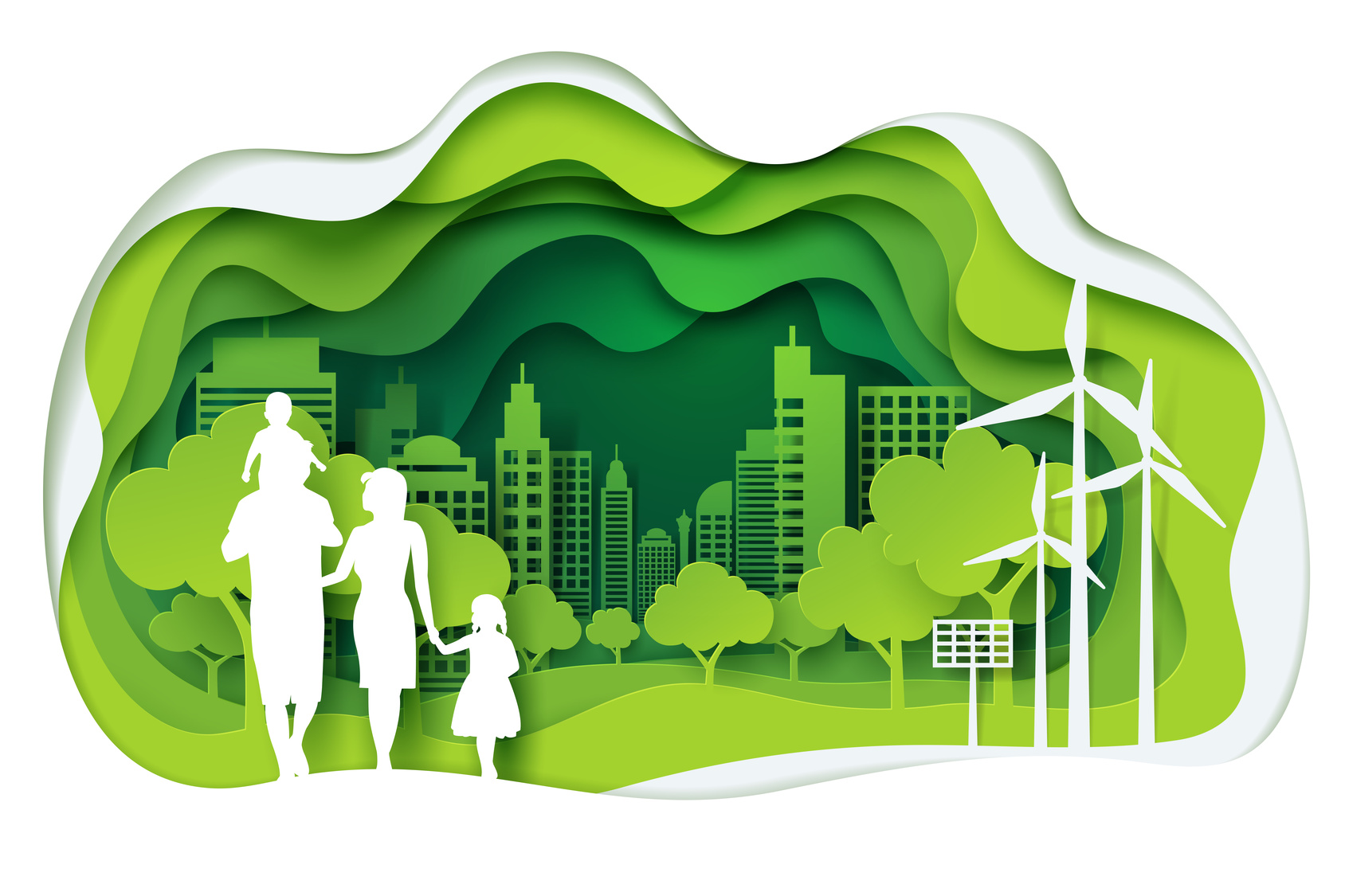It is estimated that about 54% of the entire population lives in cities. They are centers of modern life, which are responsible for the consumption of 2/3 of world energy. What’s more, they contribute to the emission of as much as 70% of greenhouse gases. Their authorities are therefore forced to implement ecological solutions that will improve the state of the environment and ensure a better future for next generations. What proposals do the world’s metropolises have?
Barcelona – the kingdom of pedestrians, cyclists and trees
About 310,000 trees grow in Barcelona – more than in any European city. Importantly, nearly 200,000 of them are located directly on the streets. However, it does not satisfy the capital of Catalonia – it is planned to plant more plants. The advantages of such strategy can be multiplied – trees absorb carbon dioxide, mitigate the impact of heat, give shade, reduce noise, regulate humidity and help reduce energy consumption in buildings.
The Barcelona authorities want to achieve the reduction of exhaust emissions by allowing only zero-emission cars to enter the city. Such regulations are to apply from 2030. What’s more, by 2019 the network of bicycle routes will be doubled.
Copenhagen – a city friendly to it’s residents and the environment
Copenhagen has long been a symbol of the city of cyclists. Such status required hard work – 150 million dollars were allocated for the development of bicycle infrastructure. Today, more than half of the population commute to work there or school on two wheels. This is facilitated by excellent infrastructure – the total number of Copenhagen cycling routes is almost 500 km. The plans of the city are promising – in 2031 all buses are to be zero-emission. In addition, the Copenhagen authorities plan to plant around 100,000 new trees.
Electric transport in Los Angeles
Care for the environment in the City of Angels manifest itself in primarily investing in ecological means of transport. Already today, electric trucks drive along its streets, to which soon 10,000 new ones will join them. Just like in Barcelona, by 2030 only zero-emission buses are to travel on the streets of Los Angeles. The city is also planning to build new bicycle paths, as well as modernization of the railway, which is to develop over the next 40 years. It was designed for as much as 120 billion dollars.
Cape Town – an ecological revolution does not miss Africa
The authorities of the capital of South Africa are looking for a chance to purify the air in the development of electric transport. In 2021 there are 500 eco-friendly solar buses to run there. Interestingly, electric rickshaws will also appear in the city. Railway modernization is also planned, which will contribute to its better use throughout the metropolitan area.
How does Krakow look like on this background?
For years Krakow authorities have been making efforts to improve the air quality in the city. This manifests itself in an investment in ecological transport. Krakow can boast the largest number of buses powered by electricity in Poland. There are 25 of them, and of hybrid ones – 12. The city is planning to buy more, which in effect will contribute to the fact that in 2025 about 40% of them will be neutral for the environment.
Krakow is becoming a friendly city also for pedestrians and cyclists. New bicycle paths are still being built in the city, as well as self-service bike rentals, which are becoming more and more popular. Currently, the length of the bicycle infrastructure exceeds 220 kilometers. We wrote more about the bicycle investments of Krakow in an article whether the capital of Lesser Poland will become the second Copenhagen?
The design of Vistula Terraces 2.0 is a response not only to the tastes of modern residents, but also to the needs of the environment. Vertical gardens, which you can admire on the walls of the building, are not only impressive decoration, but also fulfill the function of a natural air filter. However, they are only a complement to the vegetation that beautifies and cleans the whole estate.




